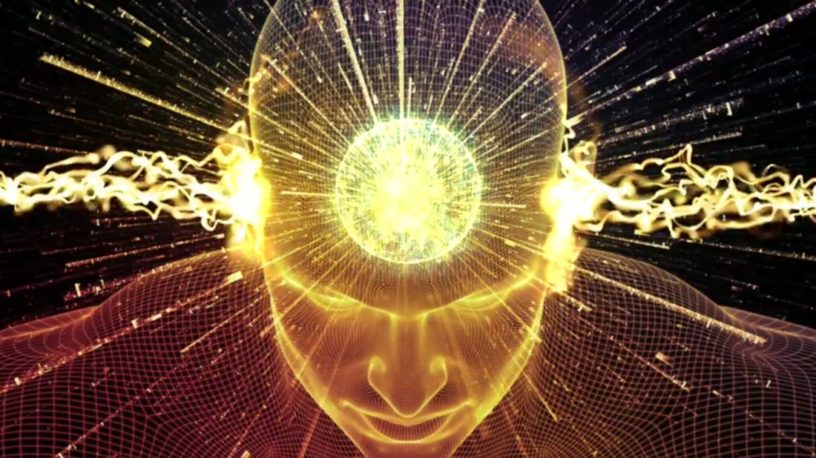Paramacharya of Swaha, Pt. Hardeo Persad
What is our greatest aim? The sages have advised us that the ultimate goal is the realisation of who we are. They teach us: Aham Brahmasmi, I am One with Divinity. This is my true nature. I am not the body; I am atma (soul). In life’s journey, the greatest goal is that state of non-duality, Oneness with God. Before we reach that state, we are in the world of duality. This is called Brahma prapanch, the world of created beings and objects, where name, form, space, time and causation exist. We are all subjected to these conditions. Therefore, we are subjected to the pairs of opposites: pain and pleasure, birth and death, heat and cold, success and failure, joy and sorrow. As long as we are not free from the ocean of duality, we are caught up in this world of opposites where there is no peace or fulfilment.
When will we reach this goal? The sages have all asked this question. It is said this body is like a chariot, the senses are the wheels and the chariot drives along the road of duality. Every footstep forward, we accumulate some sort of sin or impurity. Scriptures have given to us injunctions and prohibitions. There are sins of omission and sins of commission that should be avoided.
As we proceed through the dualities of life, scriptures have given us the formula of puja, yagya, jaap and various other sacrifices to free ourselves. However, often the blessings we receive are the result of a material desire. We fulfil those objectives in this material world where we undergo the six modifications of the body: existence, birth, growth, maturity, decay and death. We should not gather more impurities and keep ourselves in bondage. We must transcend the material objectives that underlie our search for blessings in this world. Many techniques have been given to us to free ourselves.
How do I free myself? It is a matter of consciousness. Our physical actions are supposed to act upon our minds and that experience lifts the consciousness. There are four levels of consciousness (Mandukya Upanishad): jaagrat (the waking stage), swapna (dreaming stage), sushupti (deep sleep) and turiya (pure consciousness). The first three are lower states of consciousness and are comprised of seven areas. The state of turiya also consists of seven levels. Scriptures speak of these 14 types of consciousness as the 14 worlds. The seven upper levels are referred to as gyaan (wisdom). The first level of gyaan is called subheccha, that is, devotees develop an aversion to the material world, which results in the desire to find out who they really are. They turn away from the world and experience a restlessness to discover the Supreme Lord. Devotees such as Meerabai, Surdas, Tulsidas, Kabir Das and Sutikshan Muni experienced this state. The other levels are vicharana (enquiry about the soul), tanumanasi (indifference to objects), sattvapatti (equanimity), asamshakti (perfect non-attachment to the objects of the world), padartha bhavana (knowledge of Truth) and turiya (the state of Oneness with the Divine). There are several pathways leading to that ultimate state: karma (action), gyaan (wisdom), raj (unitive wisdom) or bhakti (devotion) yoga. There has to be an expansion of one’s consciousness from lower levels to higher levels. In kal yuga, bhakti yoga is recommended as the simplest and safest way to reach to that state of turiya.



